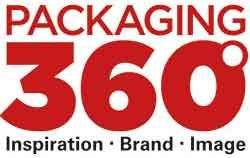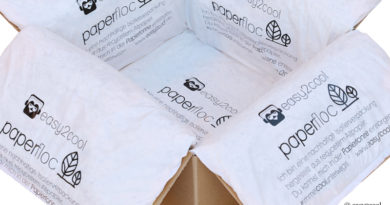Packaging: the Food Saver?
For several years, a network of researchers and practitioners in Austria has been working on the question of how packaging reduces food waste – an important, albeit still little-illuminated, aspect for assessing the sustainability of packaging. The results will surprise some people.
„Stop Waste – Save Food“: Under this motto, a network of partners from science, packaging and the food industry has come together in Austria to investigate whether and how packaging helps to avoid food waste. The core message of the results report: You can make a significant contribution to this. In the concrete examples examined, doubling the minimum shelf life can reduce the waste rate in the retail sector by about 40 percent.
Protective function with considerable climate impact
The result is significant: As the authors of the study emphasize, about 30 percent of global greenhouse gas emissions are related to food. But one third of all food produced is lost. This highlights the importance of packaging in its protective function. According to the study, on average only around 3.0 to 3.5 percent of the climate impact of packaged food is attributable to the packaging itself. If the protective function of packaging were to prevent more than 3.5 percent of food waste on average, the use of packaging would have paid off from the point of view of climate protection.
Fresher is not necessarily more sustainable
Numerous example products are examined in more detail in the study. The authors of the study emphasize that each individual case must be examined on the basis of concrete data before and after a changeover. However, the sample cases show a trend, as a small selection shows:
- Take the example of cucumbers: In an Austrian retail chain, the protective film has been dispensed with for salad cucumbers since 2019. As a result, the amount of relevant food waste in the trade increased by a factor of 2.7. According to the study, the climate footprint of the additional amount of waste is four times higher than the climate benefit of the saved packaging.
- Example minifigure: The shelf life of minifigs was determined in storage tests. At an ideal storage temperature of 8° Celsius, the shelf life in a cardboard cup with a PP tubular bag and macroperforation was 12 days, in a PP cup with a microperforated PET tubular bag 23 days and unpackaged 6 days. In combination with assumed consumption scenarios, a waste rate of 14.5 percent for unpackaged minifigures, 4.0 percent in the PP cup and zero percent in the tubular bag was found. According to the study, the greenhouse gas balance chooses the latter as the winner, followed by the „unpackaged“ and PP cup variants.
- Take ham as an example: packaging for freshly packed ham from the counter costs less than packaging for ham on the self-service shelf. But freshly packed ham spoils at least three days earlier for consumers. If 20 to 30 grams of ham are thrown away, then the disadvantage in the life cycle assessment, in which the researchers evaluated climate costs in monetary terms, is 15 times greater than the additional costs of self-service packaging.
- Example Camenbert: Using Camembert as an example, the study shows the advantage of a portioned packaging variant (6×50 grams) with a piece of Camenbert of 300 grams over a longer period of time. While 65 to 85 percent of the samples of Camembert as a whole, depending on storage, were already discarded by the test persons on the last evaluation day, this was only 30 percent in the case of the portioned alternative. In addition, the majority of the test persons would still eat the remaining packaged portions even though the best-before date had already passed.
The project „Stop Waste – Save Food“ was coordinated by the ecoplus plastics cluster and the ecoplus food cluster Lower Austria. The Austrian Research and Testing Institute (OFI), the consulting company denkstatt and the University of Natural Resources and Applied Life Sciences Vienna (Boku) were involved as scientific partners. Even if the study is based in many places on trade data from Austria, the results are likely to be relevant not only there. They can be found in the guideline „Food – Packaging – Sustainability“.




